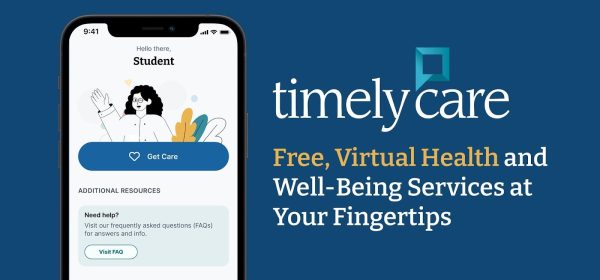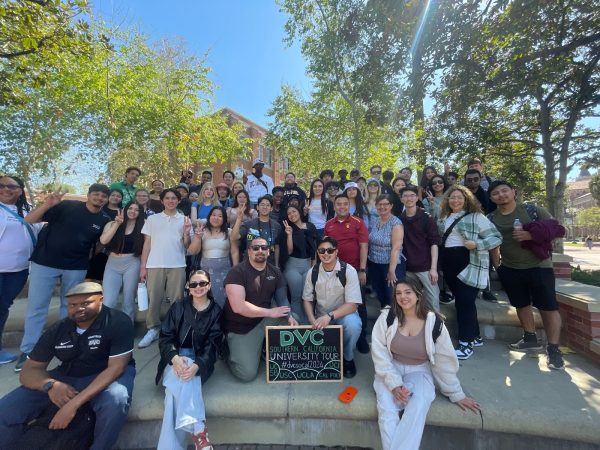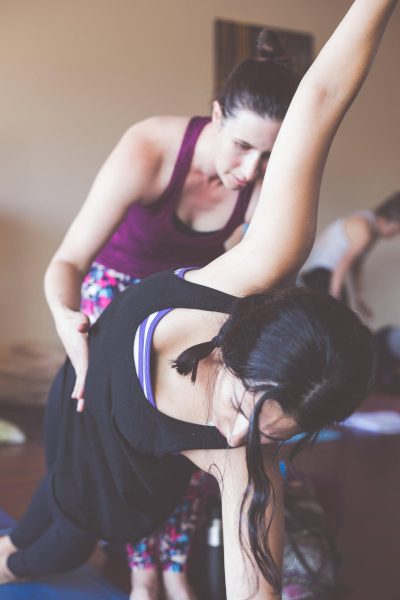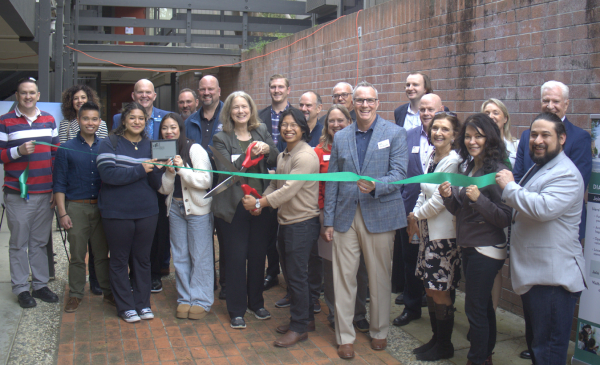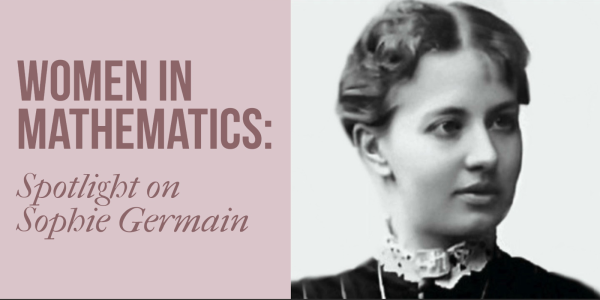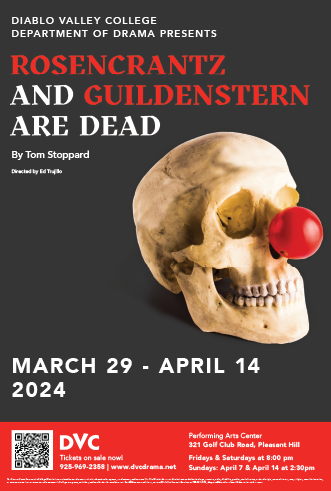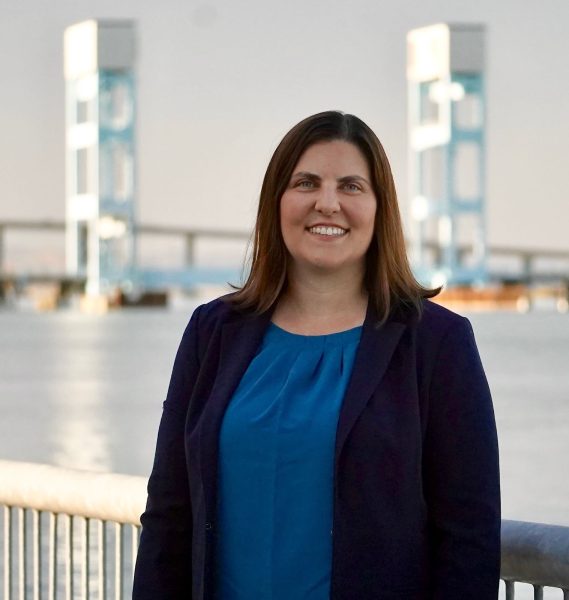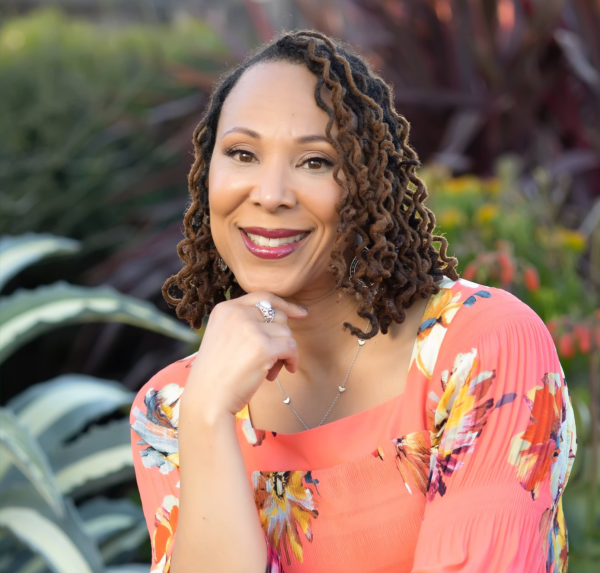Far from Home, International Students Face New Challenges
February 18, 2020
In late 2018, Felicia Fatrijanto came to Diablo Valley College, leaving behind her parents and little brother in their native country, Indonesia. Barely 17 years old at the time, Fatrijanto said the poor educational system in her home country forced her to leave.
She remembers the anxiety she felt when stepping on to a plane for San Francisco, and as she continued to pursue her vision of the “American Dream” and a better future.
“The first few months were very scary,” said Fatrijanto. “I woke up every morning knowing I am nowhere near home, going to classes where there’s nobody I know and (coming) back to spend the rest of the day alone.”
Fighting feelings of depression, but knowing there was no place else to go, she endured and grew stronger through the experience.
“It quickly sent me to a dark place, but it was too late to go back home because my parents had sacrificed a lot just to put me here,” she said. “I felt blessed to have the privilege (of studying at DVC), but it does not change the fact that I was depressed.”
Fatrijanto’s experience struggling as a newcomer is not unique. Several thousand international students attend Diablo Valley College, making up a sizable portion of the school’s 22,000-student population. In 2014, DVC had the sixth largest population of foreign students among community colleges nationwide.
According to U.S. News & World Report, more than 1 million international students attended schools in the United States last year.
But many foreign students don’t necessarily ever feel like they are home here. People coming from abroad at 16 or 17, like Fatrijanto, and in some cases as young as 15, face both academic and psychological barriers to survive college life.
Anxiety, culture shock and language difficulties often contribute to foreign students’ inability to comfortably cope with their new lives.
Conscious of the challenges facing its international students, DVC offers strategies and resources to help smooth their transition, including the International Student Admissions and Services (ISAS) department. There is also assistance provided on orientation day.
But according to Fatrijanto, the school could do more to help.
Increasing access to on-campus therapists and counselors who specialize in mental health would aid those who need help adapting to their new lives, she suggested. Making efforts to dismantle what some call the “invisible wall” separating local and international students could also address stereotypes and potential racism. Hosting more cultural events spotlighting international students is another way to bridge the divide.
“I would like to see DVC hold some kind of an annual culture week, where we international students could perform and show everyone else our culture,” Fatrijanto said. “I think it would help us blend in and feel more confident about who we are and where we came from.”
In the year since she arrived, Fatrijanto said she has learned a lot about herself and her new home while adapting to a society she only formerly knew through TV screens. Everyone adapts differently to the stress of integrating into college life overseas, she said, and she hopes other struggling international students can learn from her experience.
“Going to campus clubs definitely helped a lot,” she said, suggesting volunteer opportunities with clubs like Circle K, Earth Club, or Leo Club, where students can get experience volunteering.
“(Club life) helped me find friends I can actually be comfortable with, network with both local and other international students, while doing selfless things to help people in need.”





































































